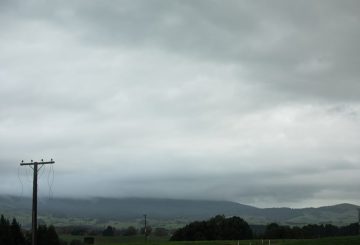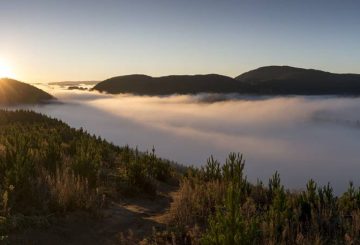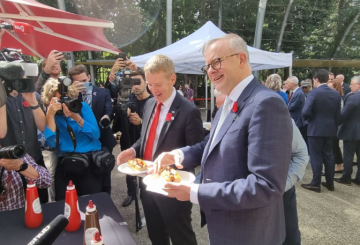TVNZ ở Auckland đã công bố kế hoạch cắt giảm chi phí và tổ chức lại hơn nữa, điều này sẽ làm giảm những gì đài truyền hình nhà nước làm. Điều này đã làm dấy lên câu hỏi về việc liệu việc sáp nhập truyền thông thất bại vào năm ngoái có phải là một cơ hội bị mất hay không.
Trong một Q+A của TVNZ gần đây, lãnh đạo ACT David Seymour tuyên bố các trường bán công sẽ được coi là thành công trong tương lai. Người dẫn chương trình Jack Tame nói đùa rằng tương lai của truyền thông có thể thậm chí còn thách thức hơn. Sau khi cắt giảm các chương trình tin tức trước đó, Tame bày tỏ sự thất vọng về việc cứu truyền hình miễn phí, so sánh nó với việc giải cứu Titanic.
Kế hoạch của TVNZ, được gọi là Digital+, nhằm tìm cách tiết kiệm tiền. Không giống như việc cắt giảm trước đây đã kết thúc các chương trình nổi tiếng, TVNZ cho biết sẽ không có việc làm cá nhân nào bị cắt giảm trong vòng này. Họ dự định sẽ sớm chia sẻ các đề xuất với nhân viên. Một phần của kế hoạch bao gồm đóng cửa trang tin tức trực tiếp 1NewsNow vào tháng Hai và chuyển trang web dành cho giới trẻ Re: News sang chỉ tập trung vào video.
Vào tháng 7, giám đốc điều hành tin tức của TVNZ tiết lộ họ cần kiếm 30 triệu đô la tiền tiết kiệm hoặc doanh thu mới cho năm tài chính tiếp theo, sau khi báo cáo doanh thu giảm 39 triệu đô la vào năm 2023.
Đầu năm nay, TVNZ đã công bố cắt giảm đáng kể nội dung và nhân viên như một phần trong chiến lược tài chính của họ. Họ đảm bảo với nhân viên rằng họ vẫn có tỷ lệ khán giả và tăng trưởng tốt trong nền tảng trực tuyến của họ, TVNZ+. Tuy nhiên, doanh thu quảng cáo kỹ thuật số thấp hơn quảng cáo truyền hình truyền thống.
Tạo một dịch vụ đăng ký trả phí có thể làm tăng doanh thu, nhưng nó phải đối mặt với rủi ro từ cạnh tranh. TVNZ có kế hoạch nâng cấp 100 triệu đô la cho công nghệ kỹ thuật số của mình để hỗ trợ phát trực tuyến.
Quá trình chuyển đổi sang phát trực tuyến đang diễn ra trên toàn cảnh truyền thông, với Freeview cũng chuyển sang phát sóng truyền thống. Vị trí độc đáo của TVNZ với tư cách là một đài truyền hình thương mại thuộc sở hữu nhà nước có thể tạo ra những thách thức, khi thói quen của khán giả thay đổi.
Chính phủ trước đây đề nghị sáp nhập TVNZ với RNZ để thành lập một thực thể truyền thông công cộng mới, nhưng kế hoạch này đã bị hủy bỏ trước cuộc bầu cử. Các nhà phê bình mô tả nó là không cần thiết.
Giám đốc điều hành của một đài truyền hình quốc gia khác, Whakaata Māori, đã đề cập đến khả năng cắt giảm dịch vụ tin tức của họ do các vấn đề tài trợ. Bộ trưởng Truyền thông Paul Goldsmith đã thừa nhận cuộc khủng hoảng tài chính nghiêm trọng trên các phương tiện truyền thông, báo hiệu rằng TVNZ có thể cần phải thực hiện các thay đổi nhanh chóng.






























































